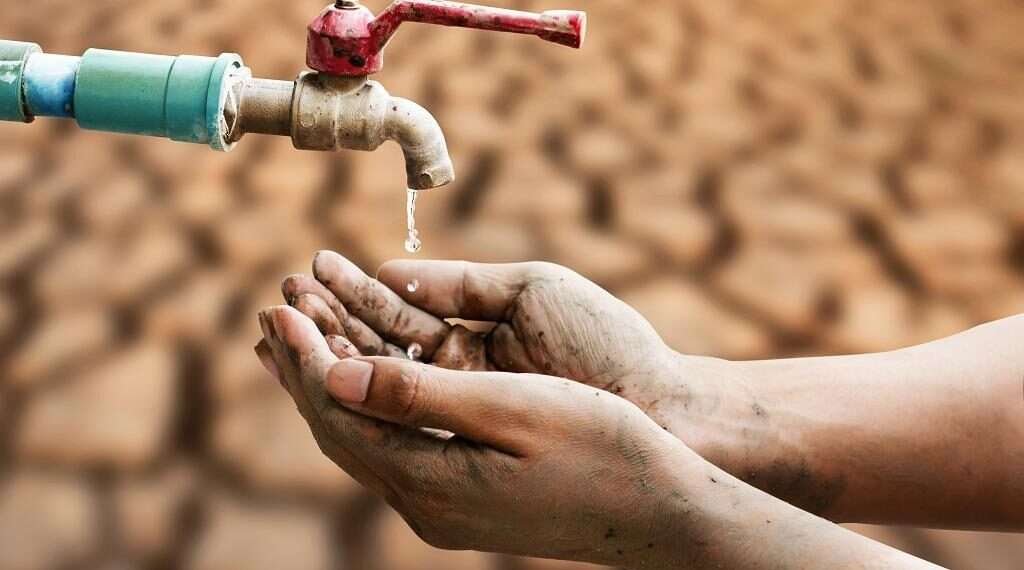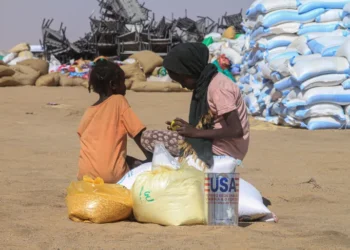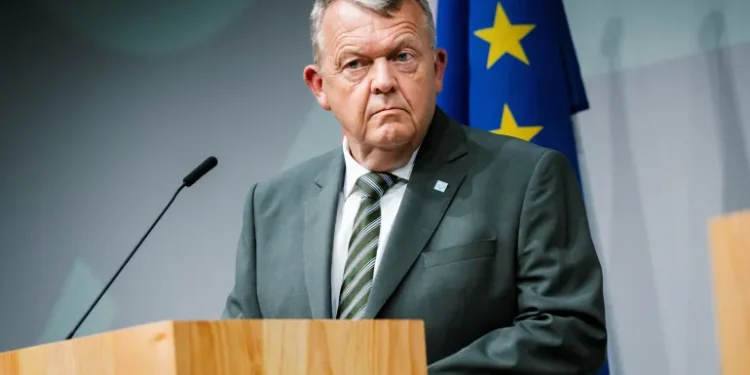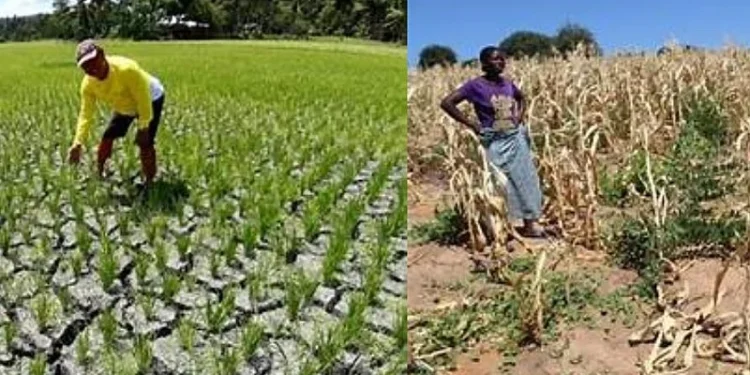A recent United Nations’ World Meteorological Organization (WMO) report, released on Monday, paints a bleak picture of global water resources. In over three decades, 2023 has been the driest for rivers globally.
The report reveals that river flows have consistently fallen below normal levels over the past five years, resulting in decreased water supplies reaching reservoirs. This significant reduction in available water challenges communities, agriculture, and ecosystems.
Around 3.6 billion people lack sufficient access to water for at least one month each year. Alarmingly, UN Water projects this figure to rise to more than five billion by 2050. The report’s findings are a wake-up call, highlighting the pressing need to address water scarcity.
Glaciers and Water Resources Under Threat
The report also underscores the unprecedented loss of glacier mass, with the last five decades recording the most significant decline ever. Glaciers worldwide have reported ice loss, contributing more than 600 gigatonnes of water, much of which flowed into the oceans and various rivers.
In tandem with these water challenges, 2023 was recorded as the hottest year on record, exacerbating high temperatures and leading to widespread drought conditions. These climate shifts have had dire consequences, contributing to prolonged dry spells that further strain water supplies.
“Water is the canary in the coal mine of climate change. We receive distress signals in the form of increasingly extreme rainfall, floods, and droughts which wreak heavy toll on lives, ecosystems, and economies.”
Celeste Saulo, WMO Secretary-General

The report details the impact of climate change on freshwater resources, highlighting how rising temperatures are leading to more unpredictable hydrological cycles. This unpredictability has resulted in an increase in both flooding and drought conditions globally.
Africa has been particularly hard hit by these changes. In Libya, for instance, the collapse of two dams during a significant flood in September 2023 tragically killed over 11,000 people and affected 22% of the population. Flooding also struck the Greater Horn of Africa, the Democratic Republic of the Congo, Rwanda, Mozambique, and Malawi, exacerbating the already precarious situation.
Conversely, widespread droughts have plagued regions in the southern United States, Central America, Argentina, Uruguay, Peru, and Brazil, leading to historically low water levels in the Amazon River and Lake Titicaca on the Bolivia-Peru border. These contrasting water extremes illustrate the growing instability of global water resources.
A Call for Enhanced Monitoring and Collaboration
“Far too little is known about the true state of the world’s freshwater resources. We cannot manage what we do not measure,” Ms. Saulo asserted.
The WMO report stresses the importance of improved monitoring, data sharing, and cross-border collaboration to address these challenges. It calls for a global effort to enhance the accessibility and availability of observational data, particularly in the Global South, where resources are often scarce.
The report also aligns with the UN’s global initiative, Early Warnings for All, which aims to improve data quality for monitoring water-related hazards. The initiative seeks to establish early warning systems for all by 2027, emphasizing the urgent need for action in tackling water-related challenges worldwide.
As the world grapples with increasing water scarcity and climate-related disasters, this report’s findings serve as a clarion call for immediate and collective action to protect and manage global water resources more effectively.
READ ALSO: IMF Deal Set to Stabilize Ghana’s Stock Market and Lower Treasury Bill Yields- Analyst






















